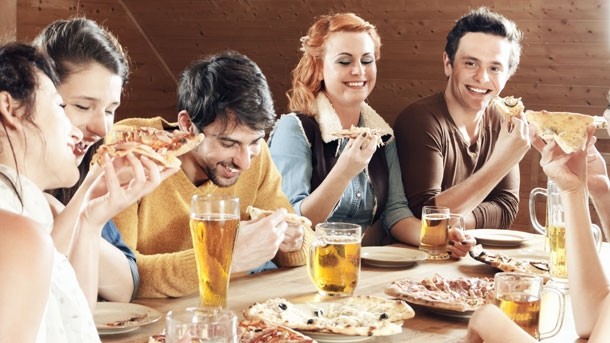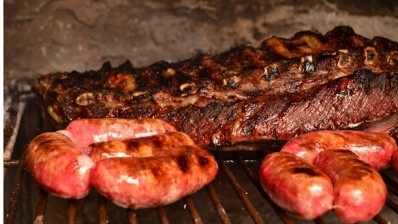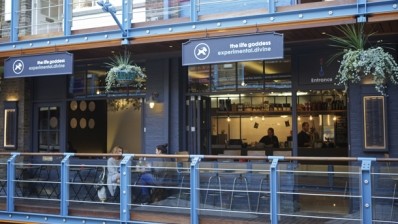'Informed but informal' dominates dining trends

Speaking at the Restaurant Conference on 25 September, Davis Coffer Lyons associate director Kate Taylor pointed out that the average size of domestic kitchens in London had shrunk by a third since the 1960s, with customers expecting increasingly sophisticated experiences the more they eat out.
“As a nation, the long-term underlying trend particularly in London is that we are eating out on an increasingly frequent basis. This has led to great innovation and increases in quality across the board from fast food and grab and go to casual dining. In an increasingly competitive sector, this is going to continue,” she said.
Everyone is surfing on the informal trend, from Michelin-starred chefs opening more casual concepts, to street food traders moving into permanent quarters – all focusing on quality food in a relaxed environment.
Street food tensions
While street food’s popularity keeps growing, especially at lunch time, Taylor mentioned that the format is not always easy to set up.
“It can be quite hard for landlords to generate sufficient returns from the amount of investment that’s needed in terms of infrastructure to deliver those formats.
“There is also a real issue of tension between street food traders and operators in permanent locations when they sit side by side because they have very different operating costs.”
However, the street food trend is set to continue, with the recent announcement by the Battersea Power Station developers of their intention to incorporate street food vendors to the project.
The trend of informality is also influencing shopping centre food courts – with an increase in counter service and new formats expected to emerge to maximise footfall – as well as transport hubs and retailers teaming up with dining brands.
Small units
With unprecedented demand and competition for restaurant property in London, operators are changing their strategy, moving out of the centre and setting up shop in smaller units.
“We’ve seen an increase in small formats, partly because of those street food traders who move into permanent venues and try to limit overheads. A lot of these operators already have a really strong social media following, so they’re able to really drive trade through these small units,” Taylor said.
She pointed out that smaller sites help create atmosphere buzz, and make it easier to keep staff motivated.
“A great example is Kingly Court, transformed to introduce more natural interiors and personality, with open shop fronts. Most importantly, they’ve worked with the right operators to drive trade and create excitement. These small units, from 600 to 1,500sq.ft, so not traditionally sought after, are strong spaces generating trade.”
Other trends
Taylor mentioned the growth of quality wine offering in food venues, and the increase in wine-focused venues, partly helped by new technologies allowing a glass of wine to be extracted from a bottle without opening it.
“We’re starting to hear about new wave wine bars, all of which trade under different planning consents that fit their needs, but all of which are creating real excitement. It’s a simple but sophisticated proposition that’s tapping into our changing behaviour, and again an informed but informal experience,” she said.
Sparkling wine in particular has seen double-digit growth over the past year, with good performances in restaurants but also as part of new concepts such as Bubble Dog or Bird and Bubble.
In terms of cuisine, modern Greek, ramen, Korean, Japanese, Americana and Peruvian are going from strength to strength.


























